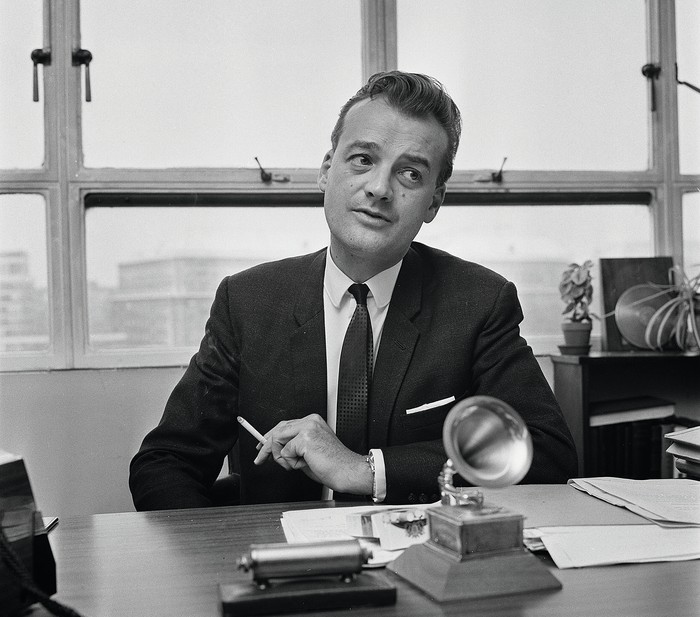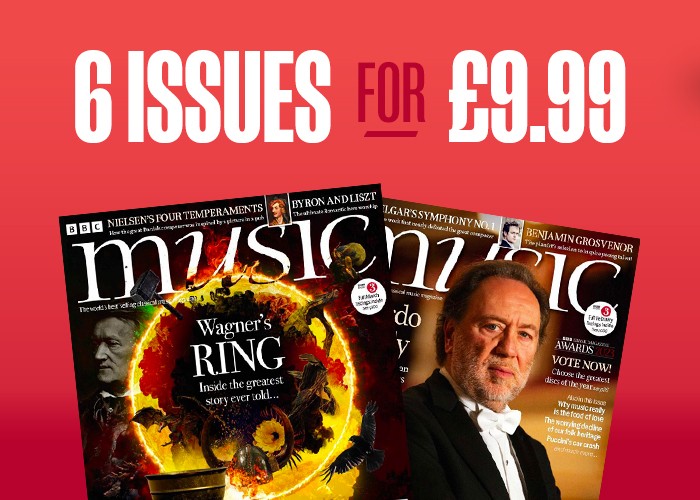When was the first studio recording of Wagner's Ring cycle?
November 1965: The momentous project from Decca, Solti, and the VPO set new standards in the presentation of opera on record

Late in the afternoon of 19 November, 1965 – a Friday – the Hungarian conductor Georg Solti steered the Vienna Philharmonic Orchestra through the placid concluding measures of Wagner’s Die Walküre, the final downbeat landing at precisely 5.30pm. It was the end of an epic journey to make the first complete studio recording of Wagner's Ring cycle, a cycle of four operas lasting 15 hours in total.
Who was Georg Solti?
Georg Solti was a Hungarian-British conductor of both orchestral and operatic music, best known both for his opera conducting with orchestras in Munich, Frankfurt and London, and for his long and highly successful spell as music director of the Chicago Symphony Orchestra. The complete Wagner Ring cycle still stands as one of his greatest achievements, alongside complete Beethoven, Brahms, Bruckner and Mahler symphony cycles in Chicago.
That journey had started seven years earlier on 24 September, 1958, when sessions to record Das Rheingold – the curtain-raiser to Wagner’s tetralogy – began in the Sofiensaal, Vienna, a converted 19th-century steam bath known for excellent acoustics. The road to that opening session had, however, itself been difficult. Decca, the company making the recording, needed considerable persuasion that a complete Ring cycle made sense commercially. Would enough copies ever be sold, they wondered, to cover the enormous financial investment required to complete the project?
When Das Rheingold was eventually released as a three-LP boxed set in March 1959 (price £6), Decca executives got their answer. The critics raved about the new recording and, crucially, it began selling in substantial numbers globally, even becoming a popular hit in the US. ‘There it was in the Billboard charts of the best-selling LP albums,’ reported Rheingold’s producer John Culshaw, ‘surrounded by Elvis Presley and Pat Boone, and without another classical recording in sight.’
Who was John Culshaw?
Culshaw himself was a major reason why Das Rheingold was so stunningly triumphant. Seeing exciting possibilities in the new technology of twin-channel, stereophonic recording, he totally rethought how opera should be presented to the armchair listener. Culshaw’s ‘theatre of the mind’ involved careful placement of singers across the stereo spectrum, mimicking stage positions and movements.
Wagner’s own directions were a crucial point of departure in Culshaw’s calculations. The score of Das Rheingold requires 18 tuned anvils for the Nibelheim episode, a stipulation usually ignored in the theatre. Culshaw took it seriously: 18 anvils were duly found, and 18 players hired to hit them. The thunderclap heralding Rheingold’s final scene also got the Culshaw treatment, and was one of several ‘sound effects’ rendered with unprecedented fidelity on the finished recording.

What is the best 'Ring' cycle?
The recordings from Solti and the VPO are good candidates for a 'Ring' cycle best recording. Das Rheingold’s commercial success induced Decca to sanction a continuation of the Ring project, and recordings of Siegfried (1962), Götterdämmerung (1964) and Die Walküre (1965) followed. Acclaim for each instalment was again virtually universal, many commentators acknowledging that entirely new standards were being set both artistically and sonically in the presentation of opera on record.
One critic hailed Siegfried as ‘the finest recording, as such, of opera that we have had so far’. In Götterdämmerung, Culshaw had special steerhorns made for Act Two, adding to what one reviewer called ‘the alchemy of Decca's magnificent, stunning, overwhelming new recording’.
Which singers performed in the Solti / Vienna Phil 'Ring' cycle?
Perhaps the biggest factor of all in the Decca Ring’s success was the outstanding quality of the singers. Kirsten Flagstad, Hans Hotter, Gustav Neidlinger, Wolfgang Windgassen, Birgit Nilsson, Christa Ludwig, Régine Crespin, Gottlob Frick – all featured prominently, drawn from a classic generation of post-war Wagner performers. Culshaw’s ‘incomparable engineers’ (as The Times called them), led by Gordon Parry, also played a crucial role in capturing performances which, in their extremes of dynamic and expression, often severely stretched the analogue tape technology of the period.
Today, the Decca Ring stands as a monument to an optimistic golden era of recording history, when grand operatic projects were possible and audiences hungry for excellence bought the records. When the complete cycle was released on 19 LPs in 1968, the eminent critic Andrew Porter called it ‘the gramophone's greatest achievement’. Over half a century later, there are many who continue to share his verdict.




